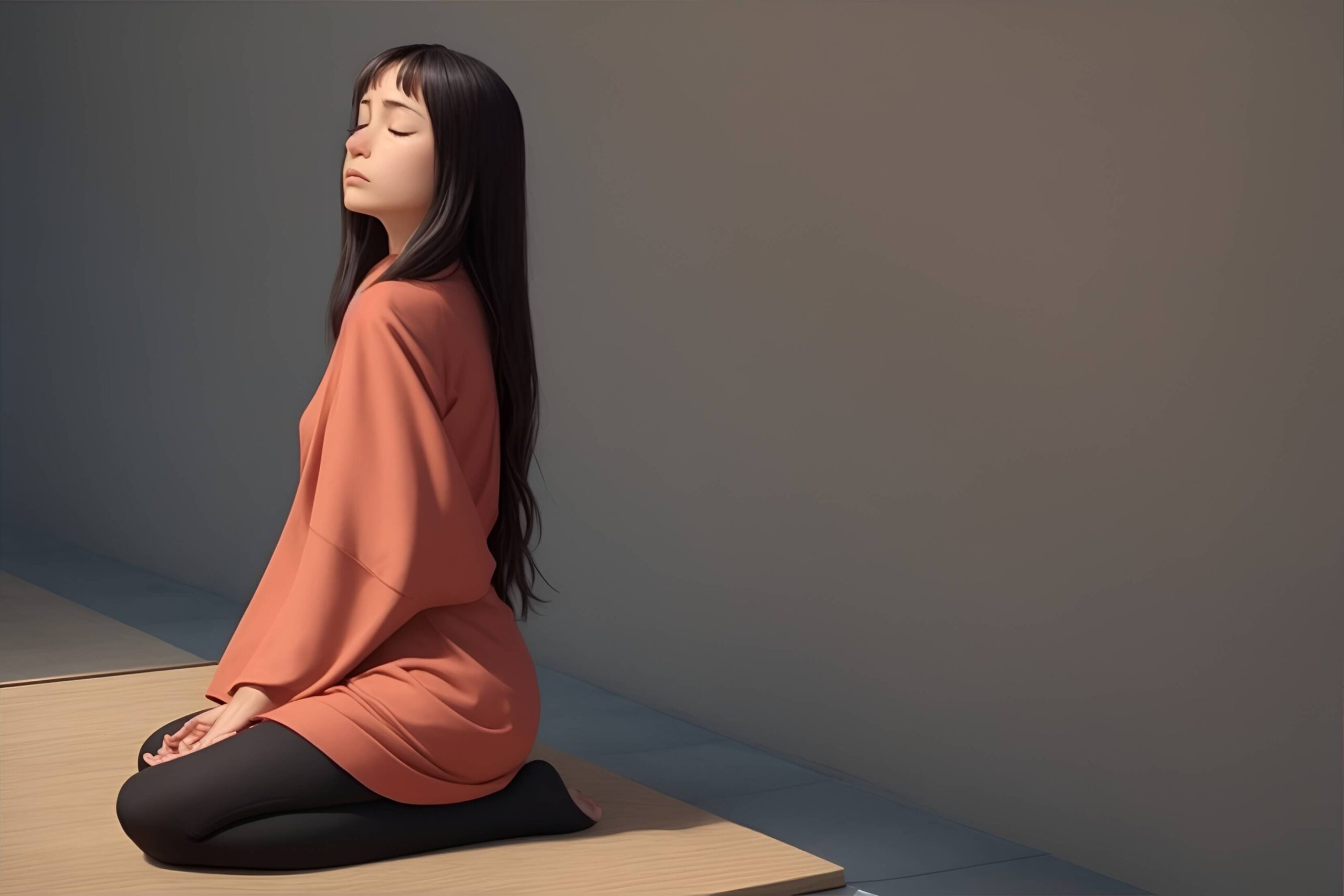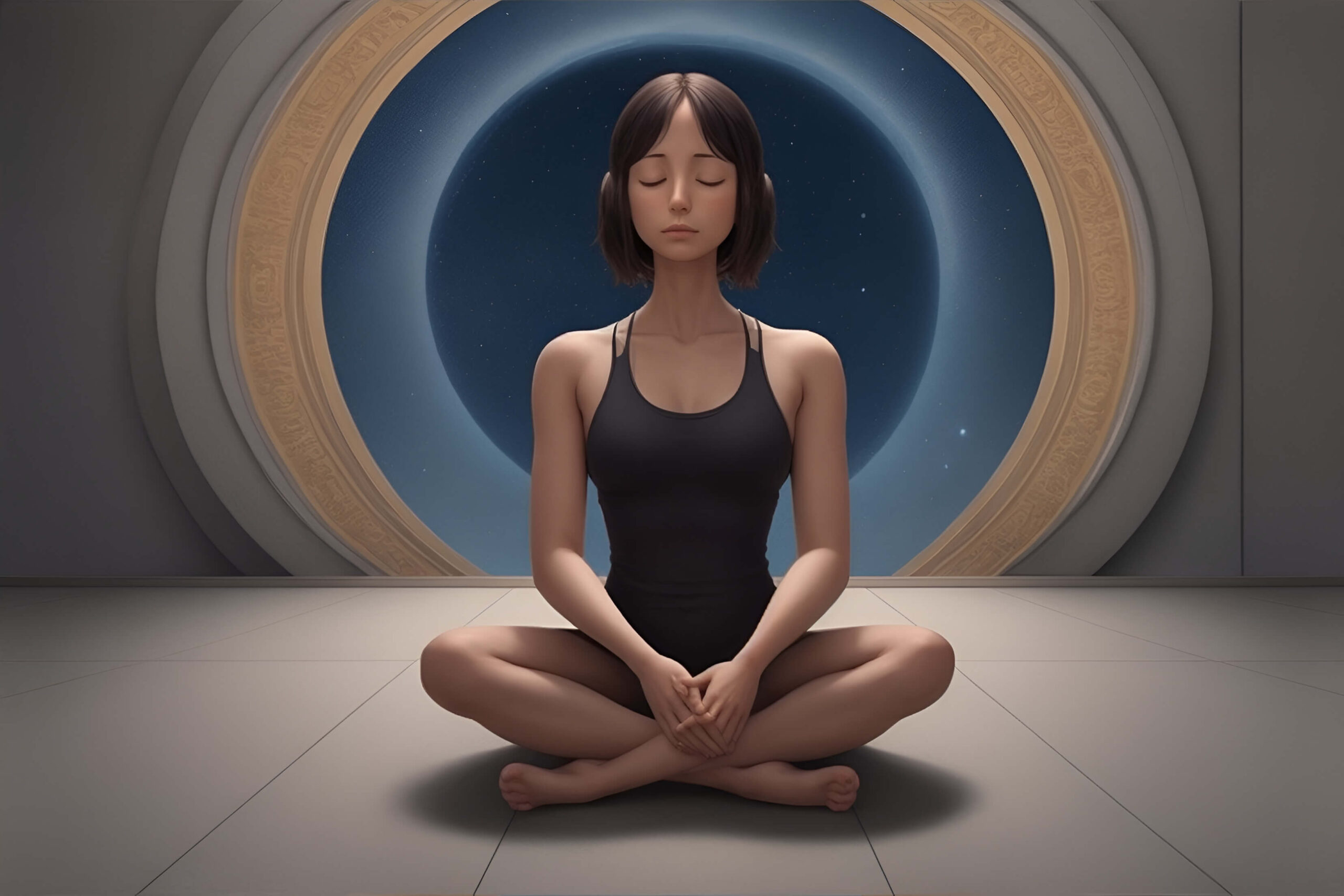Energy healing is an age-old practice that seeks to restore balance and harmony within the body by manipulating the body’s energy fields. In recent years, it has gained popularity as an alternative approach to health and wellness. Among the various modalities of energy healing, Reiki stands out as one of the most well-known and widely practiced.
Energy healing is founded on the belief that the human body is not just a physical entity but also comprises subtle energy systems that play a vital role in maintaining health and vitality. These energy systems are often referred to as chakras, meridians, or energy fields, depending on the cultural or healing tradition. Energy healers work on the premise that illness and imbalances in the body stem from disruptions in these energy systems.
The Art of Reiki
Reiki, a Japanese form of energy healing, has gained worldwide recognition for its gentle yet powerful approach to promoting physical, emotional, and spiritual well-being. Rooted in ancient Eastern traditions, Reiki’s name itself is derived from two Japanese words: “rei,” meaning universal, and “ki” or “qi,” referring to life force energy. This nomenclature underscores the practice’s fundamental principle—the channeling and balancing of universal life energy within the recipient.
 At the heart of Reiki lies a deep understanding of the interconnectedness of all living things. Reiki practitioners believe that this universal life energy flows through every living being, connecting them to the cosmos and to each other. They see themselves as conduits for this energy, harnessing it to facilitate healing on various levels.
At the heart of Reiki lies a deep understanding of the interconnectedness of all living things. Reiki practitioners believe that this universal life energy flows through every living being, connecting them to the cosmos and to each other. They see themselves as conduits for this energy, harnessing it to facilitate healing on various levels.
Reiki sessions typically involve a serene and meditative setting, where the recipient lies fully clothed on a treatment table. The practitioner, attuned to Reiki’s energy, gently places their hands on or above specific points on the recipient’s body. These points correspond to the body’s energy centers, commonly known as chakras. The practitioner then acts as a vessel through which the healing energy flows, allowing it to rebalance and harmonize the recipient’s energy.
One of the key principles of Reiki is the concept of self-healing. Reiki practitioners are encouraged to embark on their own healing journey by learning Reiki techniques and applying them to themselves. This self-care aspect empowers individuals to take charge of their well-being and access their innate healing abilities whenever needed.
What sets Reiki apart is its simplicity and adaptability. It can be seamlessly integrated with other healing modalities and medical treatments, making it a versatile complementary therapy. Reiki doesn’t require any special belief system or religious affiliation, which contributes to its accessibility and widespread appeal.
Over the years, Reiki has gained recognition in the healthcare industry, with some hospitals and medical facilities offering Reiki sessions as part of their holistic care programs. Research into Reiki’s effects on health and well-being continues to grow, shedding light on its potential benefits.
Other Energy Healing Modalities
While Reiki is perhaps the most well-known, the world of energy healing boasts a diverse array of modalities, each with its unique approach and techniques. These modalities offer different paths to achieving energy balance and well-being, catering to the varied needs and preferences of individuals seeking holistic healing.
Originating from traditional Chinese medicine, acupuncture and acupressure have been practiced for thousands of years. These modalities focus on stimulating specific points along the body’s meridians, which are energy pathways. By inserting fine needles (acupuncture) or applying pressure with fingers and hands (acupressure), practitioners aim to restore the balanced flow of energy throughout the body. This rebalancing effect can alleviate a wide range of physical and emotional ailments, from pain and digestive issues to stress and anxiety.
Developed by Grandmaster Choa Kok Sui, Pranic Healing is a dynamic energy healing system that involves cleansing and energizing the body’s energy centers, known as chakras. Practitioners utilize their hands and specific techniques to remove stagnant or diseased energy from the energy body, replacing it with fresh, vital energy. Pranic Healing is highly regarded for its versatility and effectiveness, addressing both physical and emotional imbalances. It is often used as a complementary therapy alongside traditional medical treatments.
This modality harnesses the vibrational properties of crystals to balance and align the body’s energy centers. Practitioners select specific crystals based on their unique energetic qualities and place them on or around the body. These crystals are believed to interact with the body’s energy field, promoting harmony and healing. Crystal Healing is known for its ability to enhance spiritual growth, reduce stress, and promote emotional well-being. Different types of crystals are associated with distinct healing properties, allowing for tailored treatments.
Theta Healing is a unique approach that combines meditation, intuitive insight, and energy work. Practitioners access the theta brainwave state, a deeply relaxed and receptive state of consciousness. In this state, they identify and change limiting beliefs and patterns that may be blocking a person’s potential for healing and personal growth. Theta Healing is highly regarded for its profound effects on transforming deeply ingrained negative thought patterns, fostering personal development, and enhancing self-awareness.
Benefits of Energy Healing
Energy healing modalities, including Reiki and various others, offer a spectrum of potential benefits that have garnered attention from those seeking holistic approaches to well-being. These modalities tap into the body’s innate capacity for healing and balance, making them increasingly appealing to individuals seeking alternatives or complements to conventional medical treatments.
 Energy healing practices excel at promoting relaxation and reducing stress. In today’s fast-paced world, chronic stress has become a prevalent concern, contributing to various health issues. Energy healing sessions create a tranquil and meditative space where individuals can release tension and enter a state of deep relaxation. By doing so, these practices help the body’s natural healing mechanisms function optimally.
Energy healing practices excel at promoting relaxation and reducing stress. In today’s fast-paced world, chronic stress has become a prevalent concern, contributing to various health issues. Energy healing sessions create a tranquil and meditative space where individuals can release tension and enter a state of deep relaxation. By doing so, these practices help the body’s natural healing mechanisms function optimally.
Many individuals turn to energy healing to manage chronic pain conditions. Energy healers understand that physical pain often correlates with imbalances in the body’s energy systems. Through the gentle manipulation of energy flow, energy healing can alleviate pain and promote physical comfort. While it may not offer a cure for all types of pain, it can significantly enhance one’s ability to cope with discomfort and enhance their overall quality of life.
Energy healing is a powerful tool for addressing emotional wounds and traumas. Emotional imbalances often manifest as disruptions in the body’s energy flow. Energy healing sessions provide a safe and supportive environment where individuals can explore and release deeply buried emotions and traumas. By doing so, they can foster emotional well-being and resilience, allowing them to move forward with greater clarity and inner peace.
A balanced and harmonious energy system can bolster the immune system’s ability to ward off illness and disease. Energy healing modalities aim to remove blockages and imbalances in the body’s energy flow, ensuring that vital life force energy circulates freely. As a result, the immune system is better equipped to respond to external threats and maintain optimal health. While energy healing should not be seen as a replacement for medical care, it can be a valuable complement, especially in bolstering the body’s natural defense mechanisms.
Some individuals report heightened mental clarity and focus following energy healing sessions. The removal of energetic blockages can have a profound impact on cognitive function. Clearing the pathways for energy flow enhances mental well-being, allowing individuals to think more clearly and make decisions with greater ease. This mental clarity can extend beyond the duration of a session, positively influencing daily life.